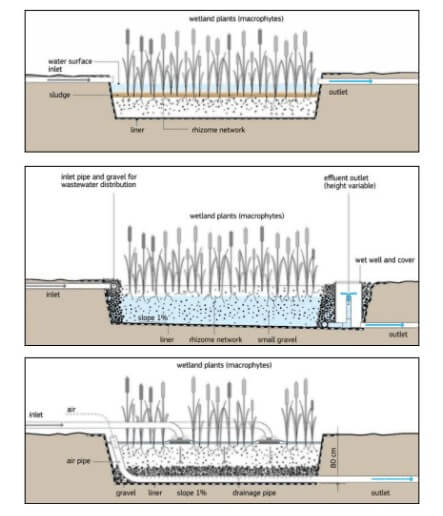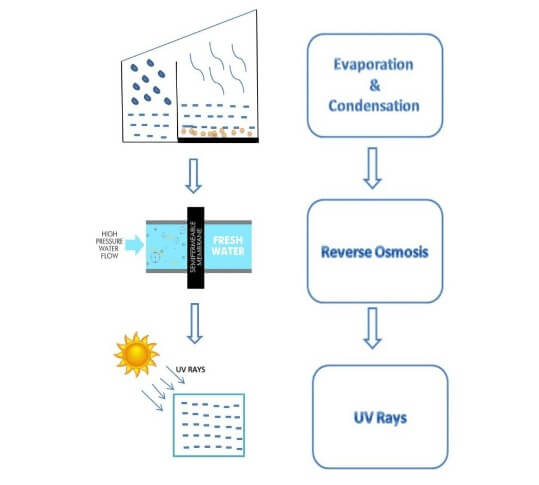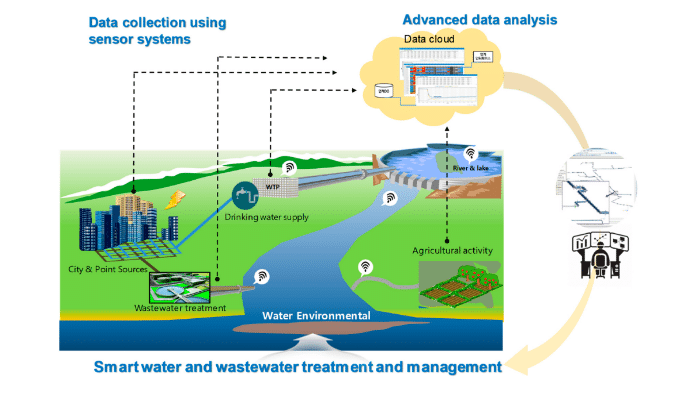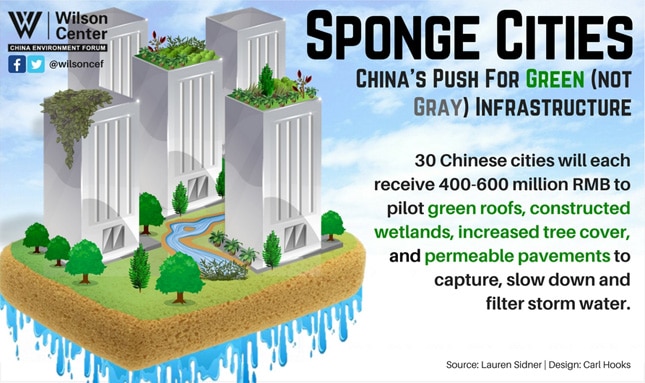The combination of unprecedented challenges for the water sector stresses the need to deliver smarter, cheaper, and more resilient water systems while keeping the environmental vulnerability in mind. In this regard, the water sector is moving its management strategy from 3R’s to 5R’s: reduce, reuse, recover, recycle, and replenish by joining together state-of-the-art technology with earlier know-how to re-engineer the way our water systems are conceived. Such is the case of wastewater, which used to be nothing more than a residue, but now the correct treatment converts it into the main water source for some areas of the world.
Innovation is a wide term that we usually constrain to technology, however, it goes beyond pure technical advances. It also includes new partnerships in public administration, research and industry, new business models, freshwater governance and policies, new ways to operate, as well as education and receptiveness to new ideas. The combination of all of these elements in the water sector supports and stimulates innovation.
For instance, some years ago wastewater was nothing than a residue, but now we came to realize that a correct treatment turns it into an important water source some regions can rely on.
By realizing nature’s self-regulating mechanisms, innovation also comprises shifting our vision towards mimicking or integrating nature’s principles to our own and the environment’s benefit. An example is the use of wetlands, shown in Figure 1, and their dual capability to purify water flows while at the same time creating habitat for endangered species[1].

In addition, realizing the potential of wastewater represents a way to efficiently count on other resources apart from water alone. Urine separation from wastewater is an efficient source of nitrogen and phosphorous, with the potential of being one of the most effective and energy efficient methods of resource recycling and retrieval[1].
Whereas innovation keeps emerging from R&D project innovative governance is also necessary as vital link to disseminate and implement advances. In this regard, the concept of adaptive management is a pillar to achieve a new paradigm in water policy and governance[1].
Adaptive management comprises “learning more about something from managing something”, allowing a possible revision or re-design of existing policies based on lessons learnt from past experiences and events[1]. This approach involves the integration of multi-disciplinary stakeholders, resulting in highly effective networks capable of learning enhancement, knowledge exchange, and utility innovation. It also creates spaces for political reforms, policy experiments and entrepreneurship[1].
Policy innovation, for instance results in supporting the emergence of new configurations, such as decentralized water services, able to fulfill or exceed centralized systems in a smaller, local and more sustainable way. However, this transition is not only left under governance responsibility, but also on consumers to become responsible entities for their own water consumption and management.
Water pollution has always been a threat to the environment, but the appearance of new pollutants in water sources such as antibiotics and hormonal drugs, take innovation to a different level[1]. This challenge is beyond the capability of traditional treatment. Thus, reengineered or new technology must be able to flexibly adapt to the variable conditions of effluents or sources, while simultaneously performing in an efficient and economically feasible way.
Likewise, recent technological trends also point to making already existing technologies more efficient and cheaper[2]. An example is seawater desalination, which is commonly tagged as an energy intensive alternative. Added to an upgrade in terms of efficiency and economic viability, the decentralization of water treatment also adds the challenge of counting on compactness, flexibility, system sturdiness and reliability before variable climatic conditions.
Membrane filtration, for example, is a reflection of how far innovation can take water treatment methods. Membranes are adaptable to different scales, processes, and usable in different water treatment methods as separation means, and can be also coupled to ozone and UV light technology to enhance the treatment process, like shown in Figure 2.

The rapid development of Information, Communication, and Technology (ICT) has been gradually invading the water management sector. Data collection with sensor systems, which enable real-time monitoring, and early warning systems to mitigate climate change impacts are brought to the water sector by ICT, turning it into a smart system with sustainability and resilience features of vital importance for our water systems.

ICT enables the deployment of smart water grids, where variables such as water flow, pressure management, and anomalies like leaks and other are readily detected. In the same way, ICT enhances the water use in thirsty economic activities like agriculture. Smart irrigation systems use sensors to measure humidity, rainfall, wind speed, soil temperature and solar radiation[3].
With the environment invoicing humanity for its worldwide interventions, restorative action is also an important card of the water sector innovation game.
Some cities in the U.S. are improving stormwater runoff, water quality and resilience through natural infrastructure in schools and public spaces, as well as deploying roadside swales to filter heavy metals and biochemical elements[4]. China is investing large amounts of money in its Sponge Cities program in Figure 4, to secure cities against urban flooding and capture stormwater[5].

Our BOSAQ team is already being part of the blue revolution by opening access to sustainable water resources through our innovative wastewater treatment approach. Ingenious is part of our strategy to contribute with a new water sector in which decentralization plays an important role in providing clean and safe water for all.
[1] Science for Environment Policy, ‘Innovation in the European water sector’, DG Environment, Bristol, Feb. 2015. Accessed: Oct. 29, 2020. [Online]. Available: http://ec.europa.eu/science-environment-policy.
[2] Deloitte Touche Tohmatsu Limited, ‘The top trends in the global water sector’, Deloitte, London, UK, 2016. Accessed: Nov. 02, 2020. [Online]. Available: https://www2.deloitte.com/content/dam/Deloitte/pl/Documents/Reports/pl_Water-Tight-2-0-The-top-trends-in-the-global-water-sector.pdf.
[3] ‘Innovation in the Water Sector, Driving the Blue-Green Revolution’, International Water Association. https://iwa-network.org/innovation-in-the-water-sector-driving-the-blue-green-revolution/ (accessed Oct. 29, 2020).
[4] ‘To Tackle Runoff, Cities Turn to Green Initiatives’, Yale E360. https://e360.yale.edu/features/to_tackle_runoff_cities_turn_to_green_initiatives (accessed Nov. 02, 2020).
[5] ‘Sponge City: Solutions for China’s Thirsty and Flooded Cities’, New Security Beat. https://www.newsecuritybeat.org/2017/07/sponge-city-solutions-chinas-thirsty-flooded-cities/ (accessed Nov. 03, 2020).